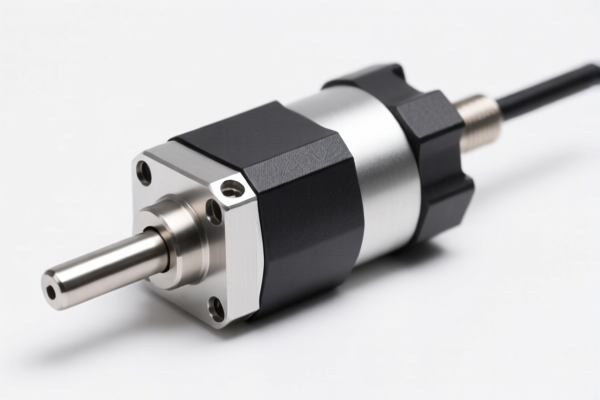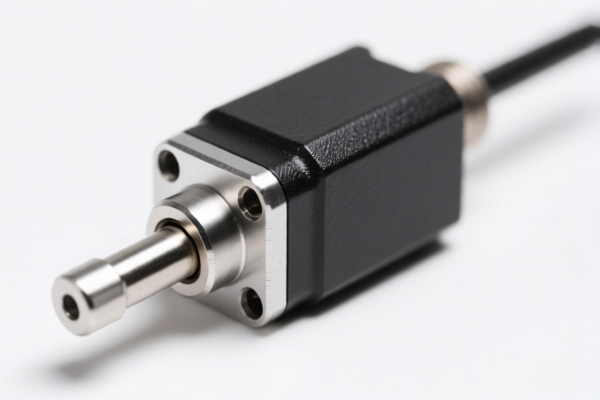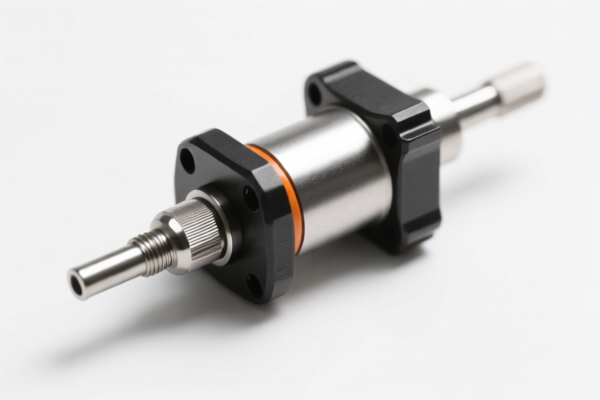| HS Code | Official Doc | Tariff Rate | Origin | Destination | Effective Date |
|---|---|---|---|---|---|
| 8483908040 | Doc | 57.8% | CN | US | 2025-05-12 |
| 8483908080 | Doc | 57.8% | CN | US | 2025-05-12 |
| 8479899560 | Doc | 32.5% | CN | US | 2025-05-12 |
| 7326908688 | Doc | 82.9% | CN | US | 2025-05-12 |
| 7326908605 | Doc | 82.9% | CN | US | 2025-05-12 |
| 8505200000 | Doc | 58.1% | CN | US | 2025-05-12 |
| 8505904000 | Doc | 55.0% | CN | US | 2025-05-12 |




Hand Brake Actuator
A hand brake actuator is a component within a vehicle’s braking system responsible for applying the parking brake, also known as the emergency brake or handbrake. Modern systems increasingly utilize electronic actuation, diverging from traditional mechanical linkages.
Purpose:
The primary function is to maintain a vehicle’s stationary position when parked. Secondary functions include providing a supplemental braking force in emergency situations, though this is not the primary design intention of most systems. It prevents the vehicle from rolling on inclines or declines.
Function:
The actuator receives a signal from the driver (either mechanical cable pull or electronic signal) and translates this into a braking force applied to the rear wheels.
- Mechanical Actuators: These systems use a lever-operated cable that physically pulls on the brake shoes (drum brakes) or calipers (disc brakes) to create friction.
- Electronic Actuators (EPB - Electronic Parking Brake): These systems employ an electric motor to apply the braking force. The motor operates a mechanism (often a screw-type actuator) to clamp the brake pads against the rotors or shoes against the drums. EPB systems often include automatic engagement/disengagement features, hill-hold assist, and can be integrated with vehicle stability control systems.
Usage Scenarios:
- Parking: The most common use, securing the vehicle when parked on level or inclined surfaces.
- Hill Holding: EPB systems can automatically prevent rollback on inclines for a short period, allowing time for the driver to transition from brake to accelerator.
- Emergency Braking (Limited): While not designed for primary braking, a handbrake can provide supplemental stopping power in emergencies, particularly in vehicles without ABS. However, excessive use can lead to wheel lockup and loss of control.
- Vehicle Maintenance: Used to secure the vehicle during maintenance and repair operations.
Common Types:
- Cable-Operated (Mechanical):
- Lever-Type: Traditional system with a hand lever or foot pedal directly connected to the brake cables.
- Ratchet-Type: Lever engages a ratchet mechanism to maintain brake force.
- Electronic Parking Brake (EPB):
- Screw-Type Actuator: An electric motor drives a screw mechanism to apply pressure to the brake calipers.
- Drum-in-Hatchet Actuator: Integrated within the rear hub, commonly found in rear disc brake systems.
- Integrated Actuator: Combines the actuator and brake control module into a single unit.
- Hydro-Mechanical Actuator: Uses hydraulic pressure boosted by a mechanical linkage. Less common than purely mechanical or electronic systems.
The declared goods are a hand brake actuator, a component used in vehicle braking systems to control the parking brake. It likely functions through mechanical or electromagnetic means to apply and release the brake force. The specific composition and function will determine the appropriate HS code.
The following HS codes are potentially relevant based on the provided reference material:
- 8483908040: This code covers transmission shafts (including camshafts and crankshafts) and cranks; bearing housings, housed bearings and plain shaft bearings; gears and gearing; ball or roller screws; gear boxes and other speed changers, including torque converters; flywheels and pulleys, including pulley blocks; clutches and shaft couplings (including universal joints); parts thereof: Toothed wheels, chain sprockets and other transmission elements presented separately; parts: Other: Other Parts of universal joints. If the actuator incorporates universal joints or related transmission elements, this code may be applicable. The total tax rate is 57.8% (2.8% base tariff + 25% additional tariff, increasing to 30% after April 2, 2025).
- 8483908080: This code also covers transmission shafts (including camshafts and crankshafts) and cranks; bearing housings, housed bearings and plain shaft bearings; gears and gearing; ball or roller screws; gear boxes and other speed changers, including torque converters; flywheels and pulleys, including pulley blocks; clutches and shaft couplings (including universal joints); parts thereof: Toothed wheels, chain sprockets and other transmission elements presented separately; parts: Other: Other Other. This is a broader category within the same chapter as the previous code and may apply if the actuator contains transmission-related components but doesn't specifically involve universal joints. The total tax rate is 57.8% (2.8% base tariff + 25% additional tariff, increasing to 30% after April 2, 2025).
- 8479899560: This code covers Machines and mechanical appliances having individual functions, not specified or included elsewhere in this chapter; parts thereof: Other machines and mechanical appliances: Other: Other Automotive maintenance machines. If the actuator is considered a specialized machine for automotive maintenance (e.g., a testing or repair tool), this code could be relevant. The total tax rate is 32.5% (2.5% base tariff + 0% additional tariff, increasing to 30% after April 2, 2025).
- 7326908688: This code covers Other articles of iron or steel: Other: Other: Other: Other. If the actuator is primarily made of iron or steel and doesn't fall into more specific categories, this code may apply. The total tax rate is 82.9% (2.9% base tariff + 25% additional tariff, increasing to 30% after April 2, 2025) with a 25% additional tariff for steel and aluminum products.
- 7326908605: This code covers Other articles of iron or steel: Other: Other: Other: Other Rods for electrical grounding (potentially applicable if the actuator uses rods as part of its mechanism, though this is an inference). If the actuator incorporates rods for electrical grounding, this code could be relevant. The total tax rate is 82.9% (2.9% base tariff + 25% additional tariff, increasing to 30% after April 2, 2025) with a 25% additional tariff for steel and aluminum products.
- 8505200000: This code covers Electromagnets; permanent magnets and articles intended to become permanent magnets after magnetization; electromagnetic or permanent magnet chucks, clamps and similar holding devices; electromagnetic couplings, clutches and brakes; electromagnetic lifting heads; parts thereof: Electromagnetic couplings, clutches and brakes. If the actuator utilizes electromagnetic couplings or clutches as a core component, this code may be applicable. The total tax rate is 58.1% (3.1% base tariff + 25% additional tariff, increasing to 30% after April 2, 2025).
- 8505904000: This code covers Electromagnets; permanent magnets and articles intended to become permanent magnets after magnetization; electromagnetic or permanent magnet chucks, clamps and similar holding devices; electromagnetic couplings, clutches and brakes; electromagnetic lifting heads; parts thereof: Other, including parts: Work holders and parts thereof. If the actuator is considered a work holder or includes related parts, this code may be applicable. The total tax rate is 55.0% (0.0% base tariff + 25% additional tariff, increasing to 30% after April 2, 2025).
It is important to note that the final HS code classification will depend on the specific materials, construction, and function of the hand brake actuator.
Customer Reviews
No reviews yet.